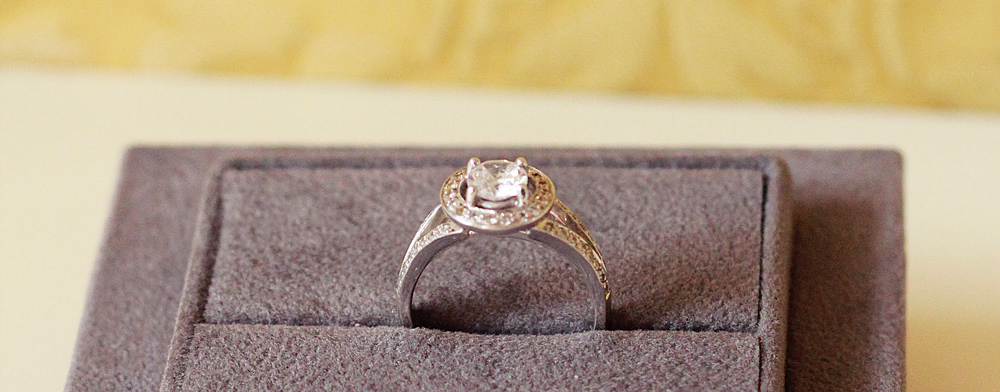Fluorescence is the visible light some diamonds emit when they are exposed to invisible ultraviolet (UV) rays. On a certificate, fluorescence refers to the strength of the diamonds reaction to long-wave UV, which is an essential component of daylight. The light emitted lasts as long as the diamond is exposed to the UV source.
Is fluorescence common?
Yes. Of all diamonds submitted for certification, approx. 25-35% exhibit some degree of fluorescence. However, only 10% of those show strengths of fluorescence that may impact appearance ie strong or very strong. In more than 95% of diamonds that exhibit fluorescence, the colour seen is blue. In rare instances, the reaction is yellow, white or another colour.
What impact does fluorescence have on the appearance of a diamond?
GIA studies show that, for the overwhelming majority of diamonds, the strength of fluorescence has no widely noticeable effect on appearance. In many instances, observers prefer the appearance of diamonds that have medium to strong fluorescence. In rare cases, some diamonds with extremely strong fluorescence may appear hazy or oily, fewer than 0.2% of the fluorescent diamonds exhibit this effect.
Does fluorescence compromise the structural integrity of a diamond?
No. A diamond that fluoresces has the same integrity as one with no reaction to UV. Submicroscopic substitutions and/or shifts in the diamond structure can cause fluorescence as well as prevent it.






